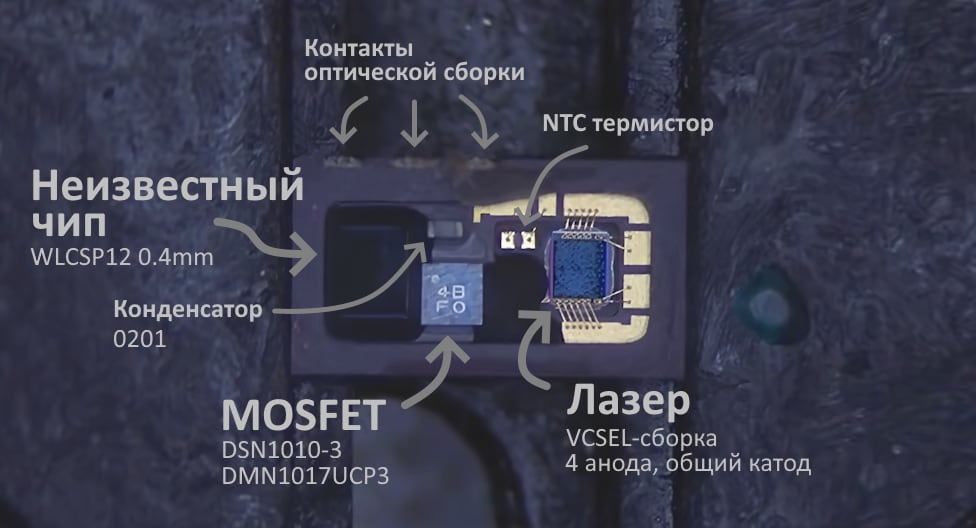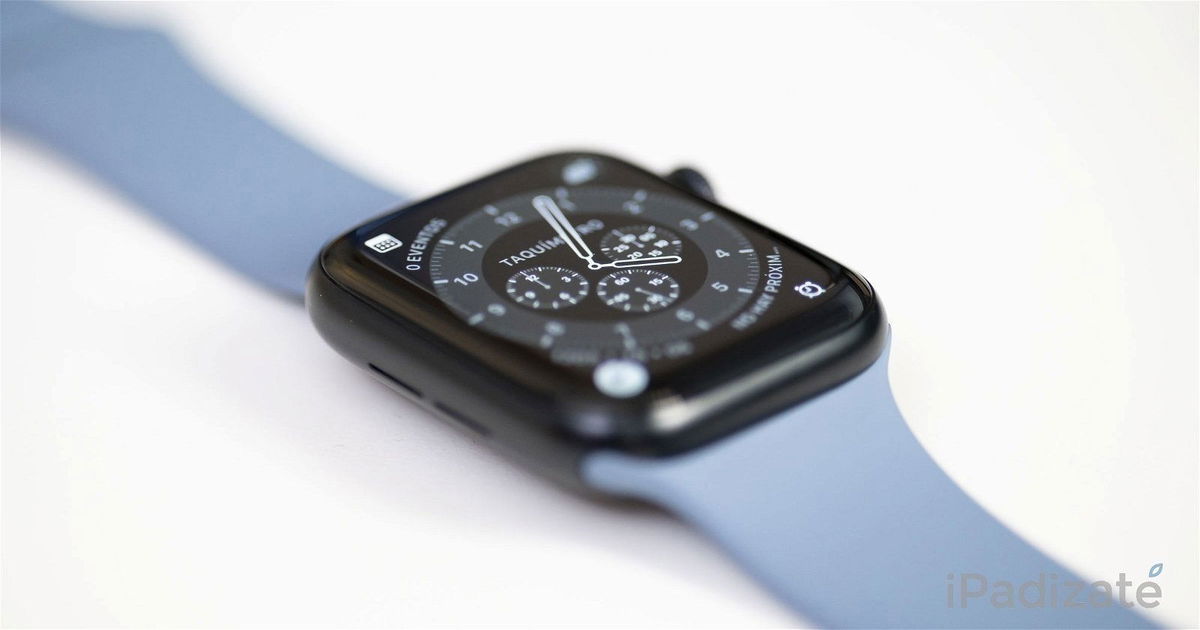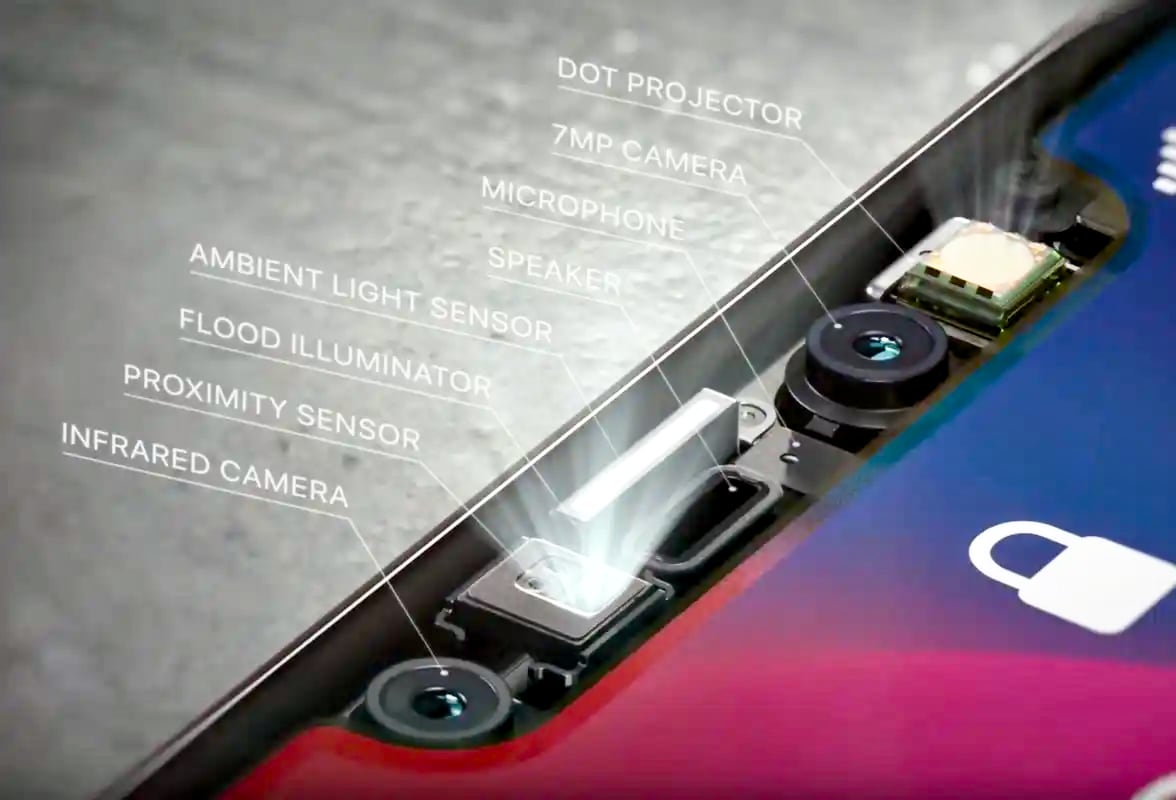Apple installed a MamaBear microchip in the iPhone that can specifically break Face ID. This was reported by a Habr user under the nickname account0unt.
All iPhones with Face ID have a TrueDepth camera, which includes a variety of different sensors, including an IR dot projector. This is what’s responsible for recognizing your face by projecting tens of thousands of invisible infrared dots onto it.
It consists of an FPS cable, a radiating and optical assembly. The cable is soldered to the radiating assembly and outputs signals to the FPC connector, which is located on the iPhone board case. A custom connector with a 0.35 mm contact pitch for Apple was made by JAE.

Optical assembly components

Components inside the emitter
The optical assembly contains an emitter consisting of several components. It contains the very same MamaBear chip that can “kill” Face ID, and the MOSFET transistor that controls this chip.
The MOSFET can break the laser power supply and break the projector. It does this by command from MamaBear. This chip stores OTP data, serial number, different states and measures the capacity of the laser radiation.
Interestingly, inside iOS the IR projector is called Romeo, the IR camera is Juliet, and the IR illuminator is Rosalina.
The optical assembly has a diffraction coefficient of radiation, which is directly related to the emitting element. The diffraction generator multiplies one beam of radiation into several hundred, that is, its degree determines. This is exactly the beam that is needed to create an IR point for the face.
If you remove the diffraction capacitor, then instead of hundreds of beams of laser beams there will be one beam, and much more powerful, which will be invisible to the human eye. In this case laser will help burn the retina of the eye.
To avoid this, Apple added a chip called MamaBear. It constantly monitors the capacitance of the diffraction element. If the element is broken or damaged, the capacitance goes beyond the permissible limits, and MamaBear immediately turns off the MOSFET and breaks the power supply to the VCSEL.
After an emergency shutdown, the laser chip writes an OTP flag, which indicates that the projector is faulty, the power supply remains broken forever, and Face ID is inoperative.
Third-party service centers have learned to restore Face ID without changing the lock. But this requires very careful soldering of microelements in the projector and reading data through special “repair” programmers that are sold in China.
In addition, it is necessary to replace the original protection chip and deal with the MOSFET. The latter can be left, but a Chinese cable with a dummy should be installed. In this case, even if the original MamaBear chip decides to turn off the MOSFET to turn off the spotlight, it will not be able to do so.
There are other ways to cheat the system. The problem is that they all do useless work for the MamaBear chips and MOSFETs, which means they won’t be able to protect the user’s eyes in the event of an emergency, as Apple intended. [Habr]
Source: Iphones RU
I am a professional journalist and content creator with extensive experience writing for news websites. I currently work as an author at Gadget Onus, where I specialize in covering hot news topics. My written pieces have been published on some of the biggest media outlets around the world, including The Guardian and BBC News.











